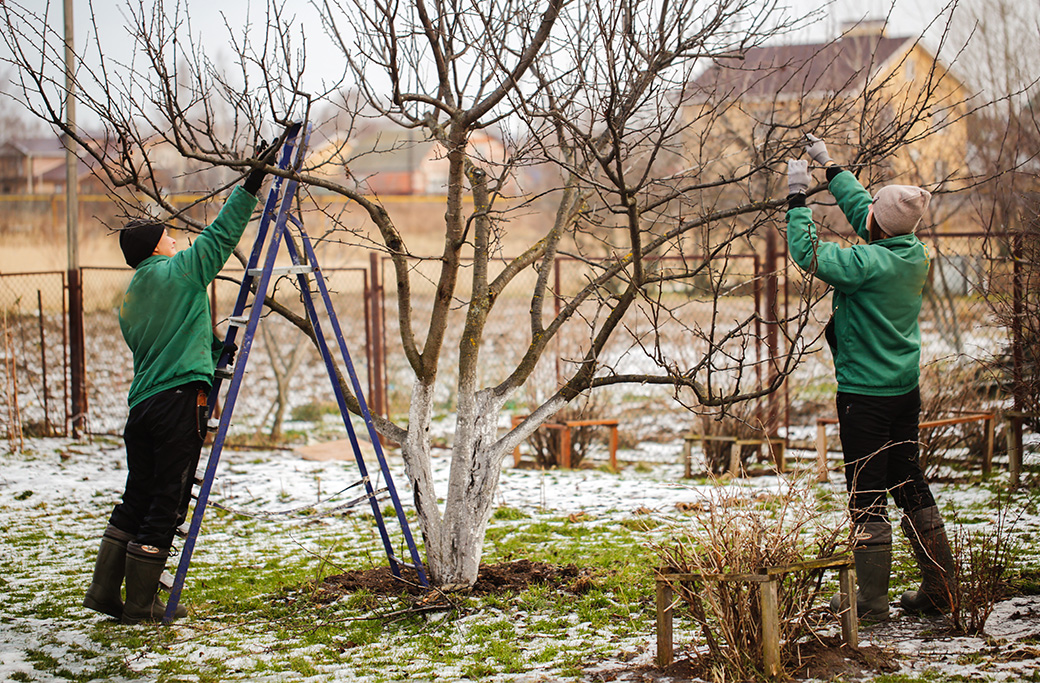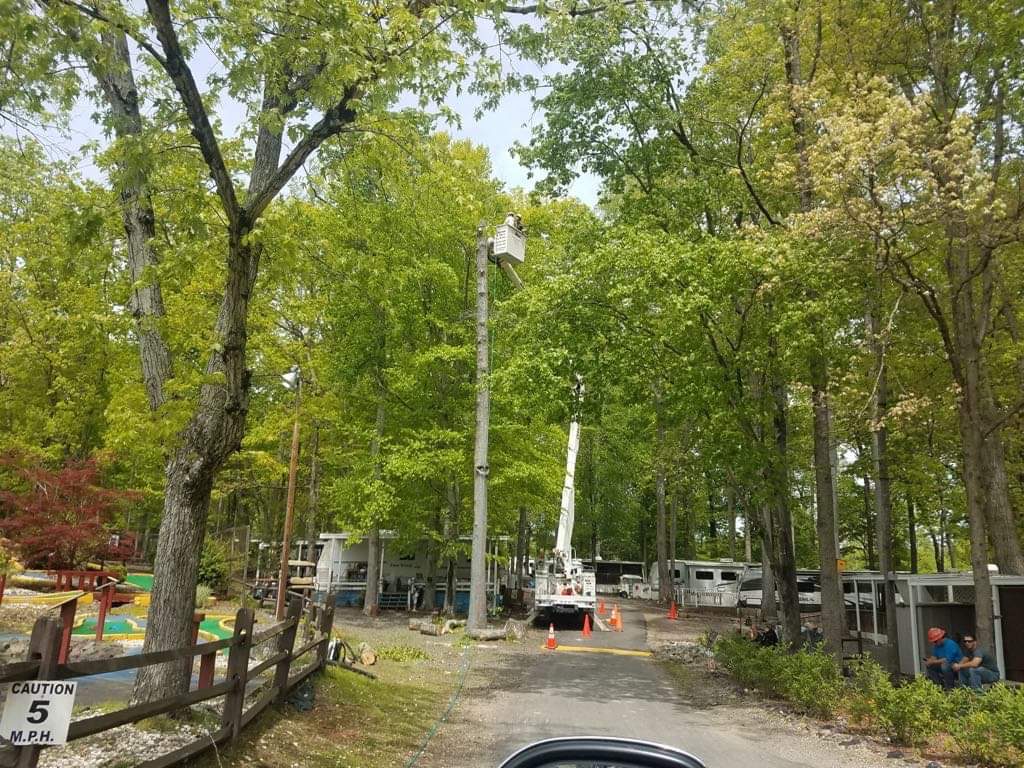Winter can be harsh—not just for homeowners but for the trees surrounding their homes. Ice, snow, and freezing temperatures can wreak havoc on trees, making proper care essential during the colder months. By taking a proactive approach, you can protect the beauty and health of your trees while ensuring they remain safe for your property.
That’s where we at Shannon & Sons Tree Service come in. With decades of experience in tree care and maintenance, we’ve designed this step-by-step winter tree care checklist to help homeowners, gardening enthusiasts, and professionals prepare for the season ahead.
Why Winter Tree Care Matters
Winter might seem like a time when trees take a backseat in the landscape. However, this dormant season is when trees are most vulnerable to environmental stressors.
-
- Cold Temperatures & Frost Damage
Winter temperatures can cause cracks and breakage in both the tree’s branches and bark. This is particularly concerning for young trees or those already weakened by disease.
-
- Snow and Ice Weight
The accumulation of snow and ice can strain branches, making them prone to breaking. Weak branches pose risks to nearby structures, vehicles, or even people.
-
- Pest and Disease Control
Although pests are less active in the winter, certain diseases and decay can worsen under the radar when not appropriately addressed.
Proactive winter tree care not only helps maintain your landscape’s beauty but also ensures the safety of everyone around your property, saving you from higher repair costs in the spring.
Winter Tree Care Checklist
Winter tree maintenance begins with regular monitoring and ends with practical care. Follow this checklist to safeguard and boost your trees’ health this winter.
1. Inspect Your Trees for Damage and Disease
Closely examine your trees for disease, infestation, or structural damage. During the dormant season, issues like deadwood, cracks, or hollow spots are more easily identifiable.
-
- Inspect branches for signs of decay (e.g., fungus growth or brittle wood).
- Look for peeling bark or cavities in the trunk, which could weaken structural integrity.
- Watch for insect infestation remnants, like boreholes or webs.
Pro Tip: Take note of trees growing close to your house or power lines. These should be monitored more frequently for potential risks.
2. Follow Pruning Tips for Winter
Winter is one of the best times to prune your trees. With no leaves in the way, it’s easier to see the tree’s structure and make precise cuts. Proper pruning encourages healthy growth while removing weak or hazardous branches.
-
- Use clean, sharp tools to avoid damaging the tree further or spreading disease.
- Remove any dead, diseased, or damaged branches to prevent accidents.
- Avoid cutting too close to the trunk, as this can expose the tree to infections.
Expert Advice: For delicate or hard-to-reach branches, consider hiring a professional service like Shannon & Sons to ensure safe, accurate pruning.
3. Mulching and Watering
Mulching and watering are vital but often overlooked parts of winter tree care. They help regulate temperature and moisture levels, keeping the roots healthy during freezing weather.
-
- Spread a 2–4 inch layer of organic mulch (like wood chips or bark) around the base of the tree. Keep the mulch a few inches away from the trunk to avoid rot.
- Water newly planted or young trees when the soil isn’t frozen. Hydration is vital to sustain them during dry winter spells.
A little extra effort now can prevent root damage and ensure your trees are ready to thrive when spring rolls around.
Tools and Equipment for Winter Tree Care
Using the right tools is essential for safe and effective tree maintenance. Before getting started, ensure you have the following items on hand:
Essential Tools
-
- Pruning Shears for small branches and twigs.
- Loppers or Pole Pruners for reaching higher branches.
- Hand Saws for cutting larger branches.
- Protective Glasses and Gloves to ensure safety during maintenance.
Safety Tips When Using Tools
-
- Always wear protective gear, especially when using sharp tools or ladders.
- Avoid performing tree care during icy or windy conditions.
- Never attempt to remove large, hazardous branches yourself—this requires the expertise of certified professionals.
Hiring a Professional for Winter Tree Care
While minor tasks like mulching and small pruning can be done yourself, some aspects of tree care are best left to certified arborists.
When to Call a Professional
-
- Large trees with branches extending over your house or power lines.
- Significant structural damage or signs of deep rot in the trunk.
- Removal of dead or large branches that require expertise and equipment.
Benefits of Hiring Shannon & Sons Tree Service
At Shannon & Sons Tree Service, we take a keen eye to every job. Our certified arborists utilize industry-leading tools and techniques to ensure your trees are cared for safely and effectively. Hiring professionals not only saves you time and effort but ensures the work complies with local safety standards.
Winter Tree Care Checklist: What Every Homeowner Needs to Know
By following this winter tree care checklist, you can protect your trees from seasonal damage while preserving their health and beauty. And while DIY tree care has its merits, some jobs require a professional’s touch.
At Shannon & Sons Tree Service, we’re passionate about keeping your trees in their best shape. Whether you need expert pruning, damage assessments, or advice on mulching, you can count on us to deliver top-notch service. Have questions or need help? Contact us today to schedule a consultation.



